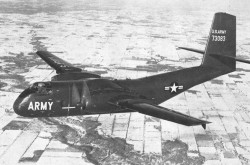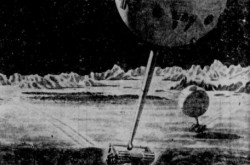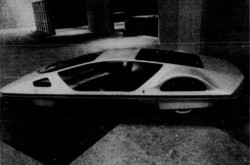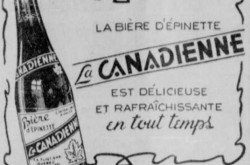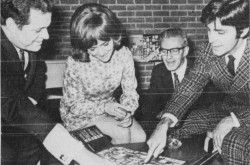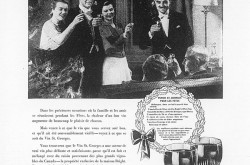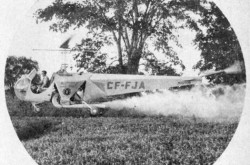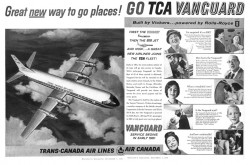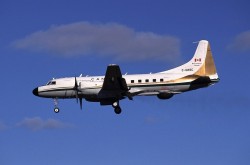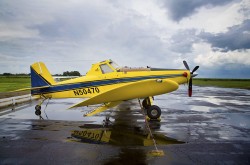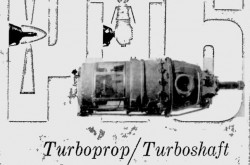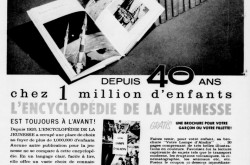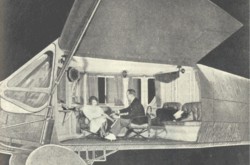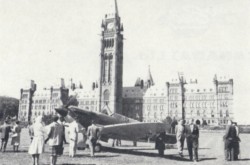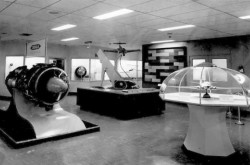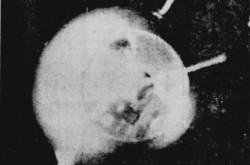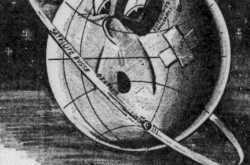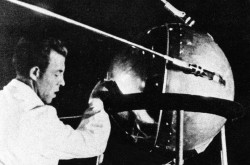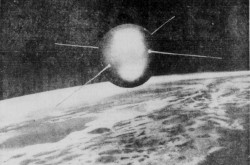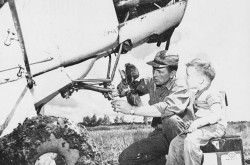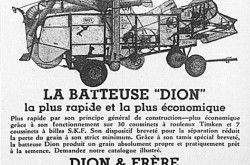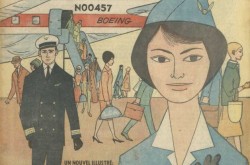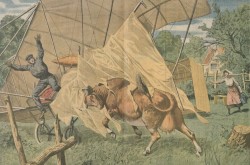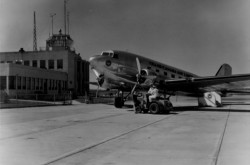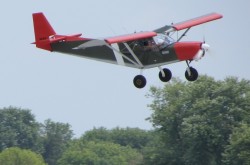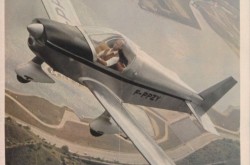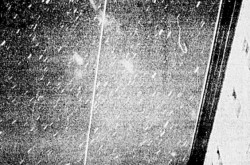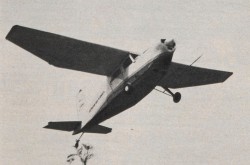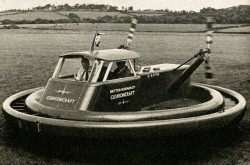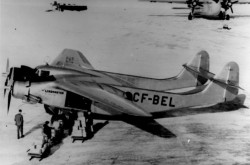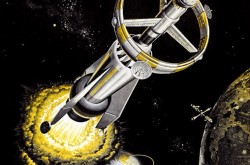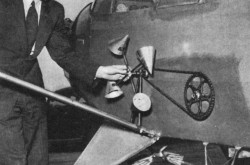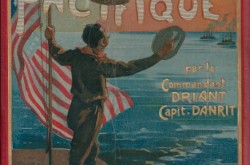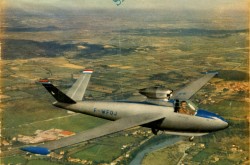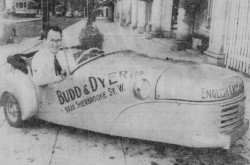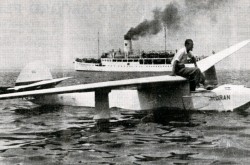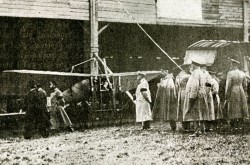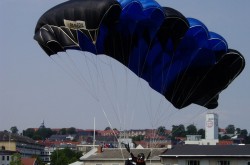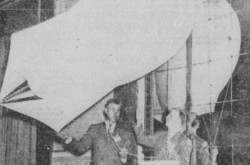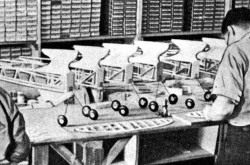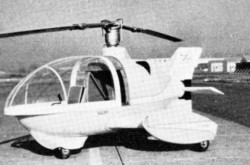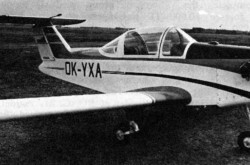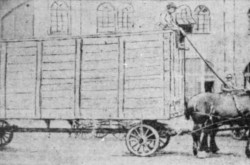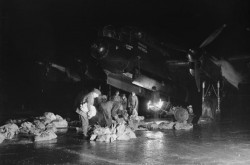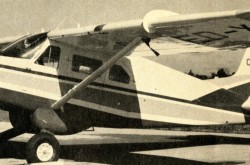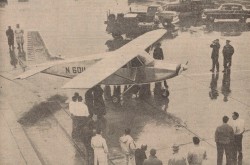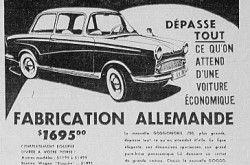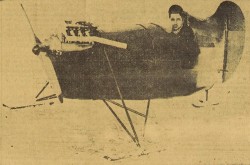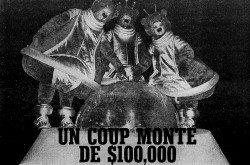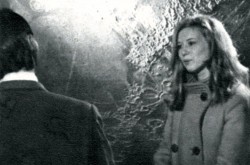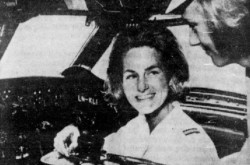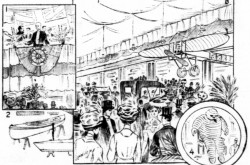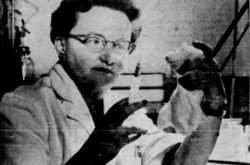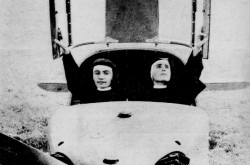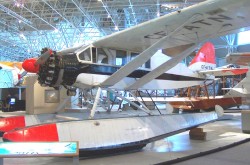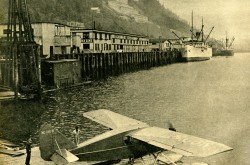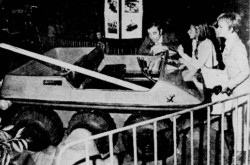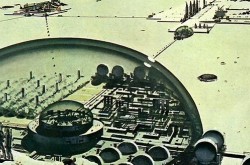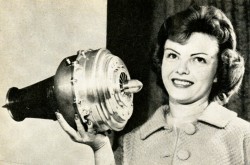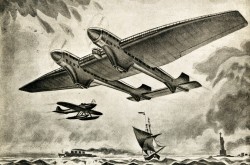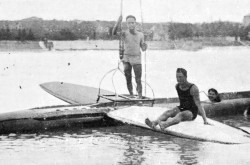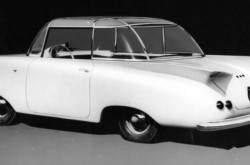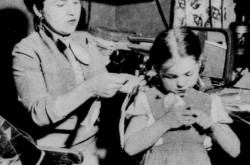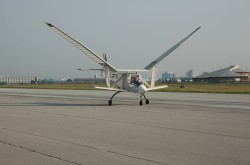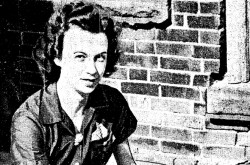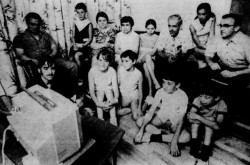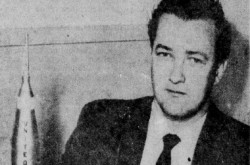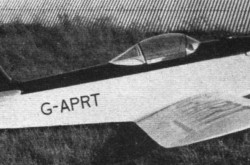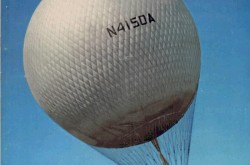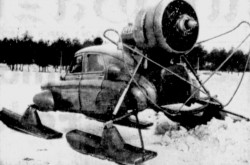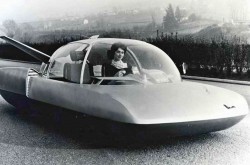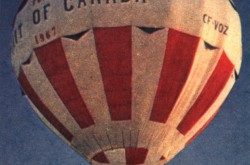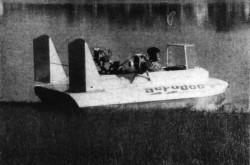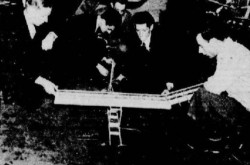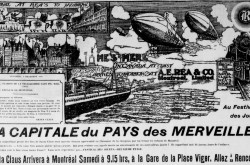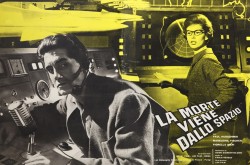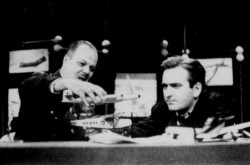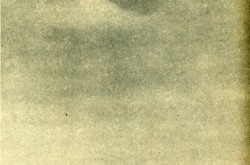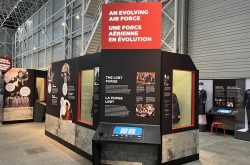A tale of air, water, and fire: A peek at the aeronautical activities of Hoffar Motor Boat Company of Vancouver, British Columbia, 1915-27, part 1
Have you ever had one of those days when you should have stayed in bed, my reading friend? The photograph you just saw probably fits in that category. Now, fear not, the pilot of the flying machine in that image lived to fly another day. Mind you, one could argue he was rather lucky to have walked away.
To understand how the flying machine in question ended up of the roof of the Vancouver, British Columbia, house of an ear, eye and nose doctor by the name of James Collins Farish, one had to step back a little. Will you join me in that brief escapade down memory lane, my adventurous reading friend? Wunderbar!
One could argue that our story began in Vancouver in May 1888 and December 1890 with the births of Henry Stonestreet Hoffar and James Blaine “Jim / Jimmie” Hoffar.
The two brothers began to build and sell small motor boats around 1906. At the time, the older brother was working at a sawmill / planing mill. And yes, “Jimmie” Hoffar was still in high school.
The Hoffar brothers seemingly used at least some of the money their deceased father had willed to them to create Hoffar Motor Boat Company of Vancouver, in late 1908 or early 1909. Mind you, it is likely that some / much of the moolah used to create that firm was provided by the partners of the Hoffar brothers, Charles Edmund Kendall and George E. Lewis. Incidentally, Kendall was the spouse of an elder sister of the Hoffar brothers, Martha Eoline Hoffar.
In any event, the young firm gradually built up a reputation for making reliable cabin cruisers and family runabouts which performed well. As well as producing motor boats for well off individuals, it produced the odd boat for commercial use. One only needed to mention the small shallow draft dredge delivered in 1909 or 1910 to an American firm, Stewart River Gold Dredging Company Limited, which was gouging the bottoms of a couple of rivers in the Yukon Territory in order to find gold in them thar, err, rivers.
By early 1912, Hoffar Motor Boat had a machine shop which specialised in automobile repairs. Mind you, it also had some sort of automobile rental office around that time.
The onset of the First World War, in July 1914, led to a further broadening of Hoffar Motor Boat’s activities. You see, as of September 1915, some of its employees were said to be engaged in the construction of a biplane. The Hoffar brothers seemed to believe that some demand for aeroplanes might develop in British Columbia at some point, in the relatively near future.
That belief was presumably linked to the creation, in Vancouver, in late August 1915, of the Aero Club of British Columbia. In September, I think, the governing body of that group of aviation enthusiasts acquired the Curtiss biplane owned by a club member, William McIntosh “Billy” Stark. Indeed, the latter became the club’s sole instructor.
While it was true that Stark did not train too many people, some of those individuals went on to serve in Europe, in the Royal Flying Corps (RFC) of the British Army and, later, in the Royal Air Force. One only needs to mention Murton Adams Seymour, a gentleman who played a significant role in the early years of the Canadian flying club movement in the 1920s, 1930s and 1940s.
And yes, that very movement was at the heart of another September 2023 article of our epoch making blog / bulletin / thingee. Indeed, have you ever wondered if, like the famous Captain Jack Sparrow, a gentleman (?) mentioned in several / many issues of said blog / bulletin / thingee since September 2018, yours truly plans it all, or just makes it up as I go along? To answer your question, to paraphrase Peter Jason “Star-Lord” Quill, one of the main characters of the very popular American science fiction / super hero movie and comic book franchise Guardians of the Galaxy, sometimes planned, sometimes made up. Bit of both.
Interestingly, in December 1915, the governing body of the Aero Club of British Columbia gave its blessing to a proposal made by an American pilot, Thomas Foster Hamilton, who, in October, had founded Hamilton Aero Manufacturing Company Limited of Vancouver.
British Columbia Aviation School Limited, the first flying school in western Canada, came into existence that same December 1915. Training began in early 1916, using the one aeroplane made by Hamilton and his small team, until it crashed, in October or November, that is.
Hamilton Aero Manufacturing and British Columbia Aviation School shut down before the end of 1916. The latter graduated few if any student. Hamilton, on the other hand, returned to the United States.
A brief digression if I may. Over the years, Hamilton earned an excellent reputation in the production of propellers. United Aircraft and Transport Corporation acquired his firm in 1929. That same year, that American giant merged Hamilton Aero Manufacturing Company with another firm to form Hamilton Standard Propeller Corporation, one of the largest propeller manufacturers in the world. The descendent of the firm founded by Hamilton all those years ago is now, in 2023, part of Collins Aerospace Corporation, a subsidiary of RTX Corporation, one of the largest aerospace and defense firms on planet Earth.
And yes, you are quite correct, my wing nutty reading friend, a few individuals put together flying machines in British Columbia before 1914. One only needed to mention William Wallace Gibson. That well off Scottish Canadian actually put together the first Canadian aeroengine around 1909-10 in Victoria, British Columbia. Realising it did not work all that well, he made a second one. Gibson tested that engine in flight, in September 1910, near Victoria, aboard an aeroplane of original design, the Gibson Twinplane.
And yes, that engine is now on display on the floor of the amaaazing Canada Aviation and Space Museum, in Ottawa, Ontario. Why do you think yours truly brought up Gibson?
There were several other aviation pioneers in British Columbia before 1914, of course, but back to our story.
Yours truly wonders how the fabrication of the biplane mentioned above proceeded because… Yes, the one some / many Hoffar Motor Boat employees were said to have been working on in September 1915. Where was I? Oh yes. I indeed wonder how the fabrication of that biplane proceeded because the firm had an aeroplane engine for sale in September 1916.
Regardless of how the fabrication of that biplane went, Hoffar Motor Boat continued to show an interest in aviation. Yea, it did. In December 1916, the firm’s management set up a subsidiary, Hoffar Aircraft Company of Vancouver. It planned to erect a factory in that city where the new firm’s staff would produce aeroplanes.
Indeed, the press reported that Hoffar Motor Boat / Hoffar Aircraft had just received an order for the construction of a seaplane. Better yet, work was to begin on two flying boats in January 1917. Yours truly presumes that this work would be done in the workshops of Hoffar Motor Boat, at least initially.
A seaplane ordered by whom, you ask, my reading friend? Err, I have no idea. Sorry.
Interestingly enough, Hoffar Motor Boat / Hoffar Aircraft also set up its own school of aviation, in December 1916. The first students were to sit down in their classroom a few days before Christmas, or so claimed the local press. Whether or not classes actually began at that time or in early January 1917 was / is unclear. What was clear, however, was that many young men sent in applications. It went without saying, but I shall say so anyway, that they very much wanted to join the aforementioned RFC, or the Royal Naval Air Service (RNAS) of the Royal Navy, and fight overseas.
To be more precise, a majority / great majority of those young men very much wanted to join the RFC or RNAS. The same might not have been said of the aforementioned “Jim / Jimmie” Hoffar who, I think, had learned to fly in late December 1916 or early January 1917.
The chief instructor of the new school was a young and intrepid American pilot, a combination which might not have been ideal for flight instruction if I may say (type?) so.
Did you know that William Knox Martin had gone to South America in October 1913 to do some exhibition flying and some exploring? Indeed, he allegedly went up the Orinoco River, in Venezuela, for some distance, in a seaplane. The hostility of the local indigenous population and that of the local fauna, either caimans or crocodiles, or both, eventually forced him to retreat, but I digress. And yes, Martin was / is the first person to fly an aeroplane in Venezuela.
In 1915, Martin flew south, to Mexico, where he became involved in the Mexican Revolution. Once across the border, he seemingly became one of the pilots of the minuscule air force operated by a world-famous rebel general by the name of Francisco “Pancho” Villa, born José Doroteo Arango Arámbula. And yes, Martin dropped sticks of dynamite on a number of targets during his stay in Mexico.
Which brings to mind the title of a 1971 so-called spaghetti western movie directed by the great Italian film director / producer / screenwriter Sergio Leone, Giù la testa / Duck, You Sucker! The French title of that work, Il était une fois la révolution, was / is quite pitiful when compared to those from supposedly sedate / boring countries like Denmark (Duk dig, fjols!), Finland (Maahan, senkin hölmö!) and Sweden (Ducka, skitstövel!). Why on Earth did no one choose a title like Plonge, imbécile! Anyway, let us move on.
Giù la testa was set in the Mexican Revolution. That movie in which dynamite played a significant role by the way was / is well worth seeing, by the way. Again.
That same year, no, not 1971, 1915, Martin sailed to Australia where he tried to enlist in the Australian Flying Corps of the Australian Army, in October. Yours truly cannot say if the claim that he briefly flew in Australia as an instructor had any basis in fact. The same had to said regarding the possibility that Martin briefly flew in China as an instructor in 1915 and / or 1916, possibly at the Nán Yuàn flying school, but back to our rather more mundane Hoffar story.
Flight training at the Hoffar brothers’ school of aviation would be done with a seaplane made by Hoffar Motor Boat. Mind you, Martin might also have planned to use an otherwise unidentified American biplane whose acquisition was mentioned in December 1916 press reports. Yours truly cannot say if that machine was a seaplane or landplane. Indeed, I cannot even say if the reported acquisition was truth or fiction. Sorry.
In any event, in that same December 1916 we have yet to depart from, the staff of Hoffar Motor Boat completed a single-engine biplane floatplane, the Hoffar H-1 as it became known later on. That seaplane was fitted with a float ensemble developed by the Hoffar brothers. Said ensemble consisted of a large single float under the fuselage and a pair of small stabilising floats near the tips of the lower wings.
If truth be told, yours truly does not know when the designation H-1 made its appearance, or the name of the person who introduced it.
It has been suggested that the Hoffar brothers had drawn their inspiration from one or more photographs of an Avro Type H / Type 501 / Type 503 floatplane they had spotted in an issue of the famous British weekly magazine Flight, a magazine found on the shelves of the library of the fantastic Canada Aviation and Space Museum, the best publicly accessible (by appointment only) aviation library in Canada. (Hello, library team!)
And yes, the H-1 was / is the first successful seaplane designed, made and tested in British Columbia.

The one and only Hoffar floatplane known as the Hoffar H-1, 1917. CASM, 17918.
Martin flight tested the new aeroplane on 15 January 1917. “Jim / Jimmie” Hoffar was on board as well. As you might have imagined, local journalists were on hand to witness that historic event. Indeed, to make sure they had a good view of the take off and flight, the management of Hoffar Motor Boat / Hoffar Aircraft generously provided them with a motor launch moored in the harbour of Vancouver.
The passengers of a Vancouver-bound ferry had an exceptionally good view of the floatplane. You see, the latter allegedly cleared the ship by… 6 or so metres (20 or so feet). I kid you not.
And yes, countless Vancouverites saw the floatplane flying overhead. Some of them showed apprehension. “Have the Germans come?,” someone asked, and… Did I see you roll your eyes, my slightly condescending reading friend?
I will let you know that, however mistaken the people asking that question might have been, there was indeed a German floatplane active in the Pacific Ocean, more specifically in the Coral Sea and Tasman Sea, near Australia, in 1917, as the First World War raged. That flying machine, a Friedrichshafen FF 33 floatplane somewhat similar in appearance to the H-1 actually, was based on a German auxiliary cruiser, SMS Wolf. That auxiliary cruiser, if you must know, was an armed cargo vessel whose guns were hidden so that it could sneak around without being noticed and attack unsuspecting Allied merchant vessels.
SMS Wolf had left the German Empire in November 1916. It returned home in February 1918, after completing the longest journey conducted by any warship during the First World War, but back to the first flight of the H-1.
Martin indicated to the journalists who flocked around him after landing that the Hoffar floatplane was one of the steadiest machines he had had the pleasure to pilot.
At the time of that landing, the American pilot might, I repeat might, not have been in the best of shape. You see, 3 or so weeks before, 48 or so hours before Christmas morning, a “crazy drunk” individual described as “Knox Martin, alias Jackson, said to be an aviator,” got into such a fracas with a hotel clerk named H.A. Wilson that the latter had fired a revolver through the door the rather unhinged Martin was trying to knock off its hinges. The latter, yes, Martin, was hit in a leg.
As you may well imagine, Wilson was charged, with unlawful shooting or something to that effect. He was acquitted in mid February 1917.
How about Martin, you ask, my concerned reading friend? Well, he seemingly got better and did so while keeping his job. Let us not forget, Martin had been of great use to the Hoffar brothers, but back to our story.
One fine Sunday shortly after the middle of January 1917, the American pilot and “Jim / Jimmie” Hoffar climbed aboard the H-1 and prepared to take off for a demonstration flight. The seaplane soon hit a submerged object. No, not a sea serpent. Possibly a submerged buoy. His main float pierced and partly filled, Martin ended the flight right there and then. The thousand or so people gathered along the shore to watch the flight were of course very disappointed.
Hoffar was very angry, very angry indeed. (Hello, Marvin!) He seemingly complained to the Vancouver Harbor Commission about the unseen buoy.
Why the puzzled look, my reading friend? No… For mercy’s sake, do not tell me that you did not get the little virtual nod in the direction of Marvin the Martian. Seriously? Can we talk?
To my astonishment, as I typed this very sentence for the first time, on 24 July 2023, I realised that Haredevil Hare, the animated cartoon starring the inimitable Bugs Bunny in which our favourite Martian made his debut had been released on… 24 July 1948, in other words 75 years before to the day. How about that? How about that?? Well, there is actually nothing to state about that. It was / is a simple coincidence.
Another simple coincidence if I may. Would yours truly be correct in assuming that you did not get the little virtual nod in the direction of My Favorite Martian either? Sigh… I remember watching episodes of Mon Martien favori, the French language version of that American situation comedy, in the late 1960s and / or early 1970s, when I was young, with hair (brown) but no beard (white).
To my renewed astonishment, as I typed these words, I remembered that this issue of our awe-inspiring blog / bulletin / thingee would go online in late September 2023, whereas the first episode of My Favorite Martian had been broadcasted in… late September 1963. Another simple coincidence? Yep.
And there are many coincidences out there. Some of them are very odd indeed. Enough to make many people think that the world is not what we think it is. Even so, the Moon landings of 1969-72 were not faked. The crash of an alien spacecraft near Roswell, New Mexico, in July 1947, is a myth. And no, the Earth is not flat. And no again, the 2020 American presidential election was not stolen by the current (2023) resident of the Executive Residence of the White House Complex. The would-be thief was “Agent Orange,” but I digress.
Yours truly would very much like to tell you how many students graduated from the Hoffar brothers’ school but the sad fact is that I am far from sure that anyone actually graduated.
Martin filed an application to serve in the RFC in mid-March 1917. He left Vancouver in May. This being said (typed?), Martin may not have served in the RFC very long. You see, the declaration of war of the United States against the German Empire, in early April, led Martin to ask for a release so that he could join the Air Service of the United States Army.
As a result of Martin’s departure, “Jim / Jimmie” Hoffar became the individual who flew the H-1 whenever a request was made, or whenever a brief flight was offered, as was the case in July 1917. That month, the aforementioned Henry Stonestreet Hoffar offered a brief flight to a journalist of The Vancouver Daily Province of… Vancouver. As nervous as he was, Bruce Alastair McKelvie could not resist the chance of becoming the first British Columbian journalist to fly in an aeroplane. Mind you, one had to wonder if the editor of the daily, Frederick Coate Wade, had not turned into a John Jonah “J.J.” Jameson, Junior, and forced his employee to take to the sky.
You will be pleased to hear (read?) that McKelvie thoroughly enjoyed his flight.
Why the puzzled look, my reading friend? No… For mercy’s sake, do not tell me that you did not get the little virtual nod in the direction of the Spiderman comic book and movie franchise? Have you not heard of the blustering / bombastic / grumpy / hyperactive / obsessed / pompous / stubborn and utterly fictitious editor in chief of Daily Bugle, an equally fictitious daily newspaper published in New York City, New York? What do people learn in school these days? There is no respect for the classics, but back to out story.
The H-1 was scrapped at some point in 1917-18. Its main float might, I repeat might, have been used as a boat for some time after that.
Incidentally, Hoffar Motor Boat continued to deliver boats throughout that period, of course. One only needed to think about the fishing boat delivered during the summer of 1918 to the Marine Engineering Division of a diversified engineering firm, Taylor Engineering Company Limited of Vancouver, which then delivered that boat to a fisherman by the name of T.E. Sanderson.
That summer of 1918 saw the beginning of a new phase in the aeronautical history of Hoffar Motor Boat. A new phase we will run into only next week. Sorry, sorry.



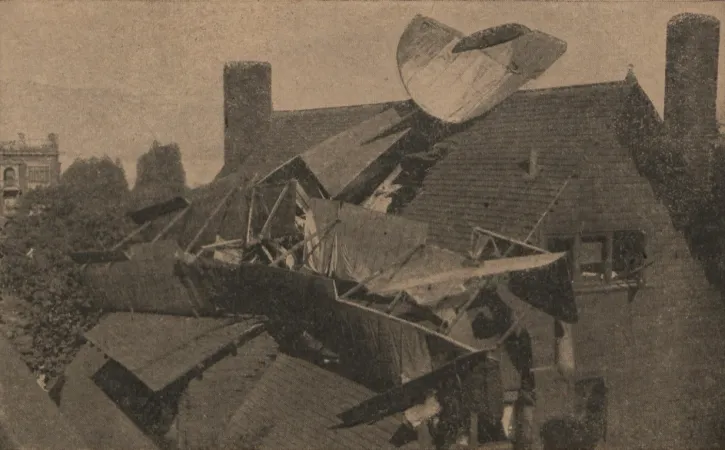












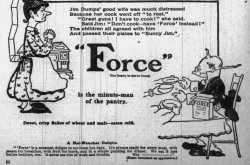
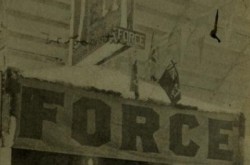
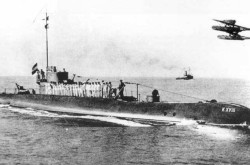
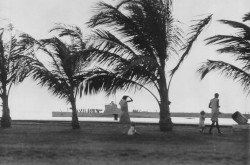
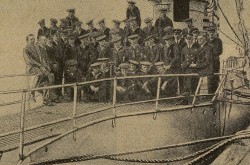
![A block of photographs showing some of the people involved in the bombing of beluga whales in the estuary and gulf of the St. Lawrence River. Anon., “La chasse aux marsouins [sic]. » Le Devoir, 15 August 1929, 6.](/sites/default/files/styles/thumbnail_7/public/2024-09/Le%20Devoir%2015%20aout%201929%20page%206.jpg?h=584f1d27&itok=TppdLItg)
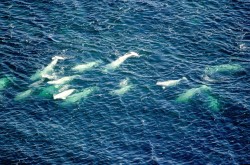
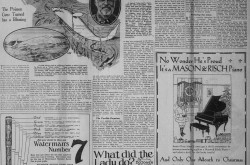
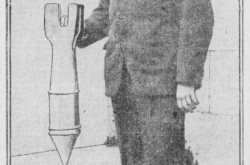
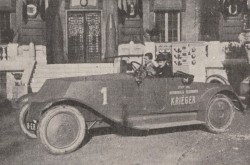
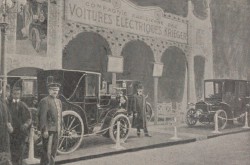
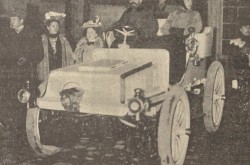
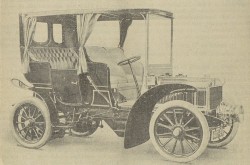


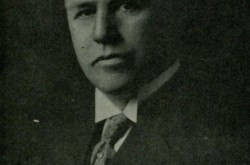
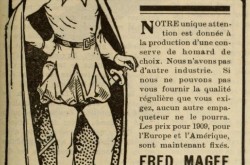
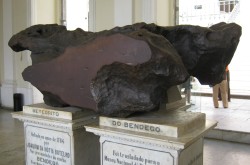
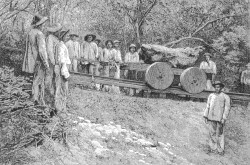
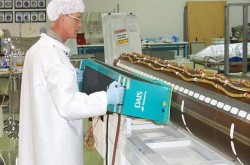
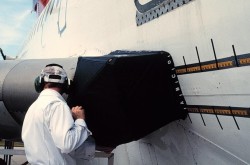
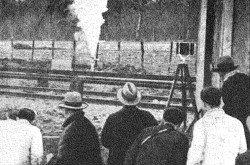
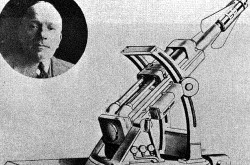
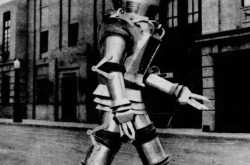

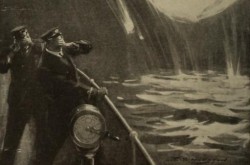
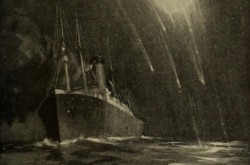
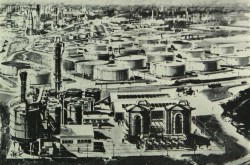
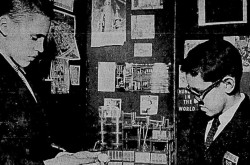
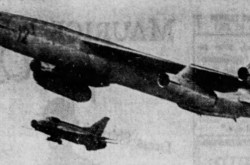
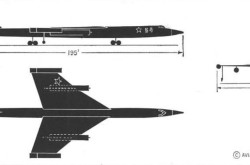
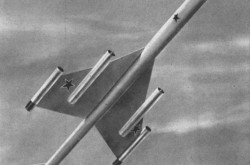
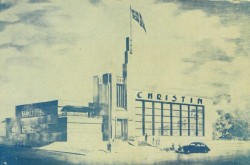
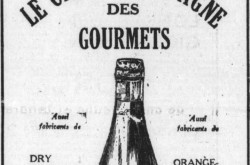
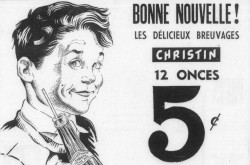
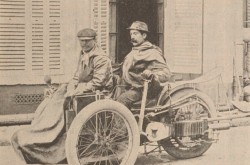
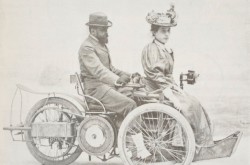
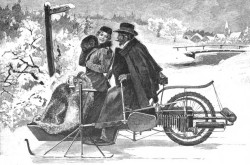
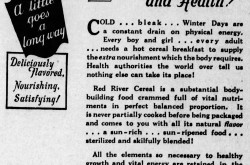
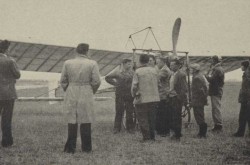
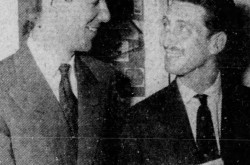
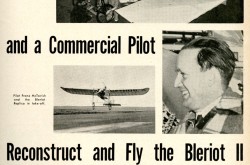
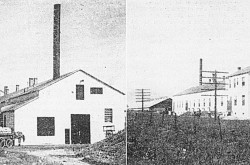
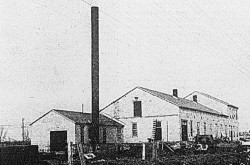
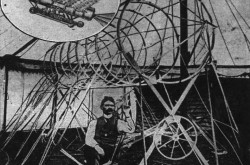
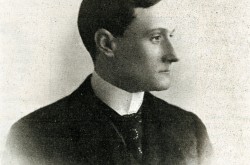
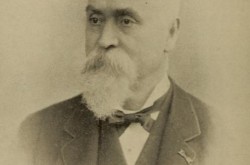
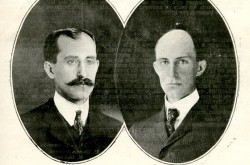
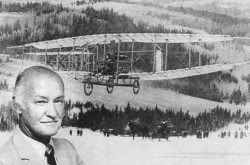
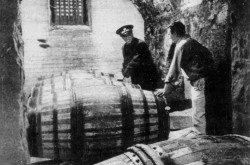
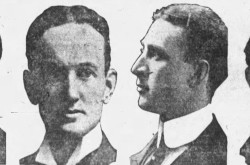
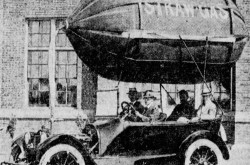
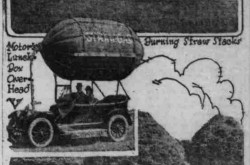
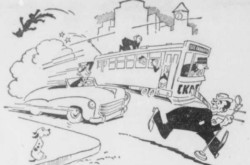
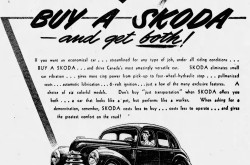
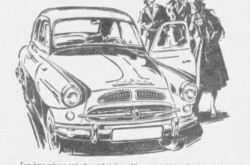
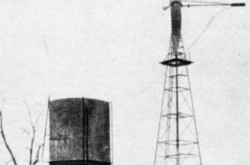
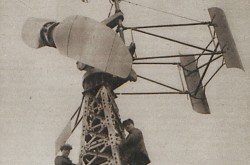
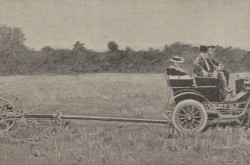
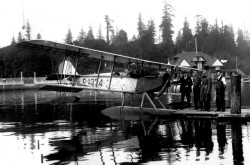
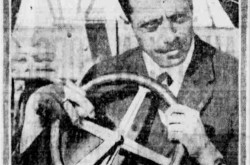
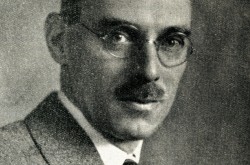
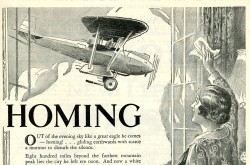
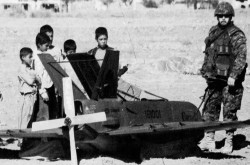
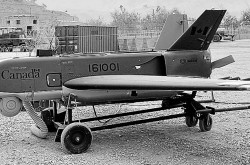
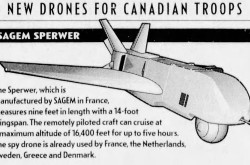
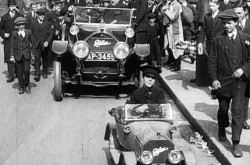

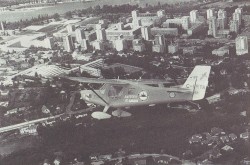
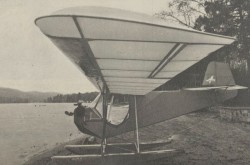
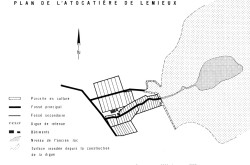
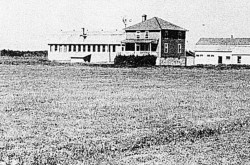
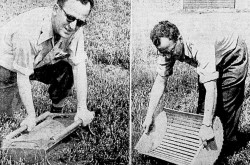

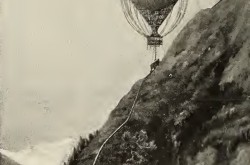
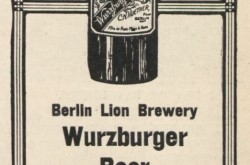
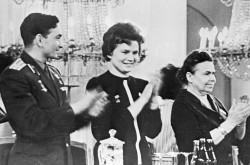
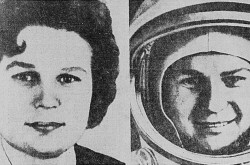
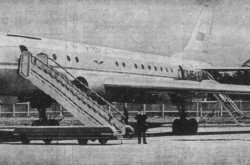
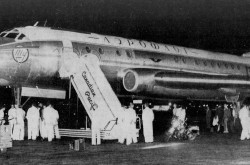
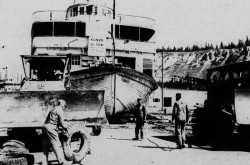
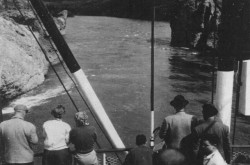
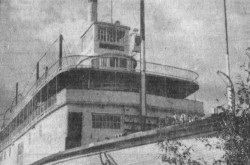
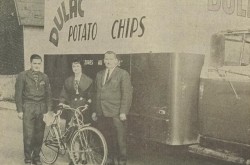
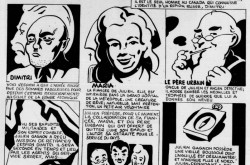
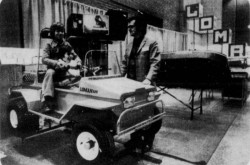
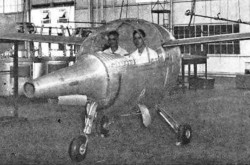
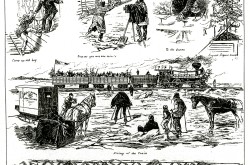
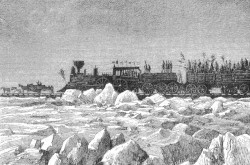
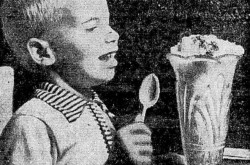
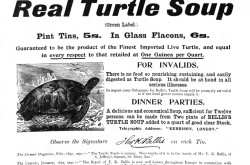
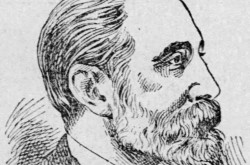
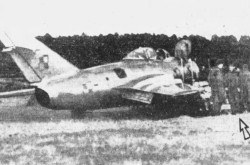
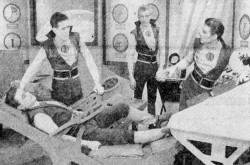
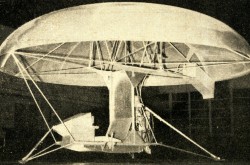
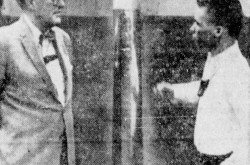
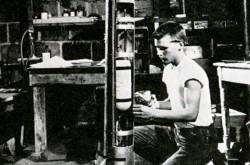
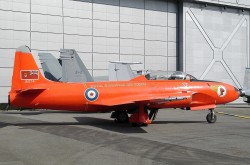
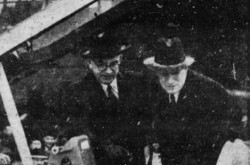
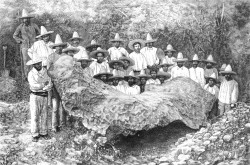
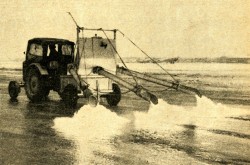
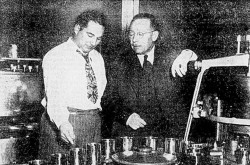
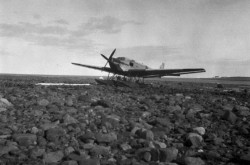
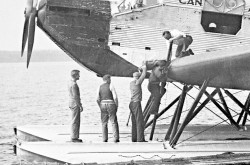
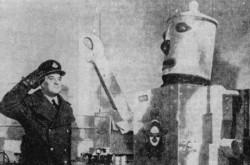
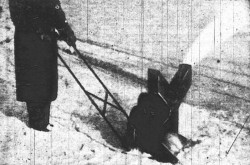
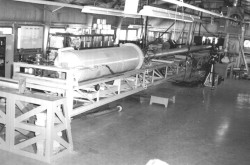
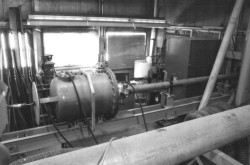
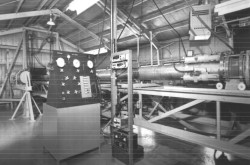
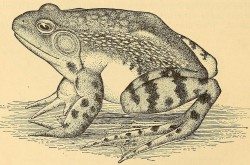
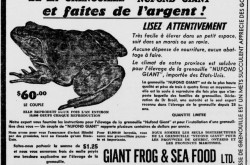
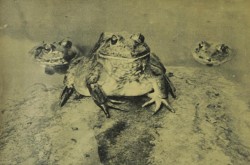
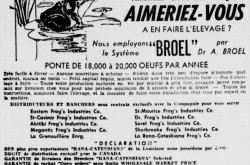
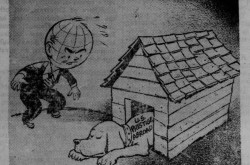
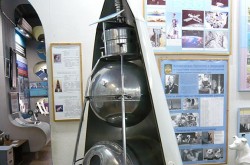
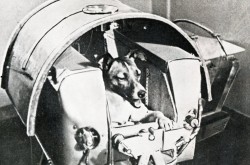
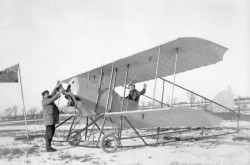
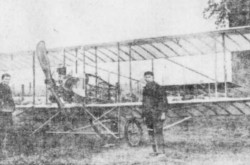
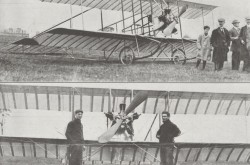
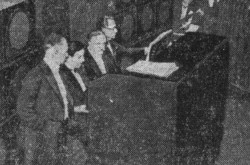

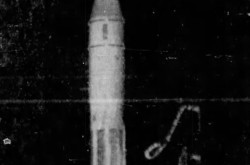
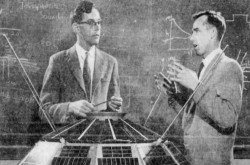
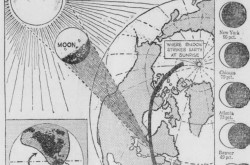
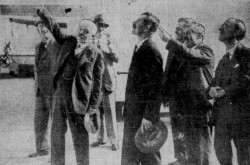
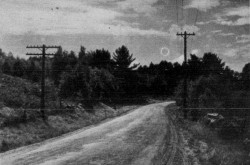

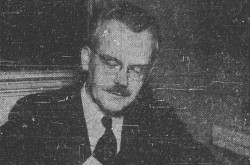
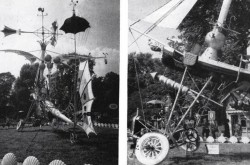

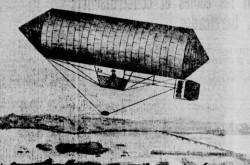
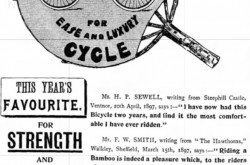
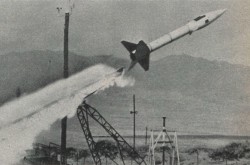
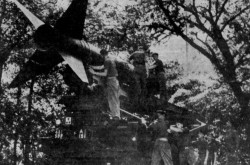
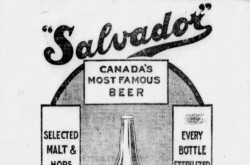
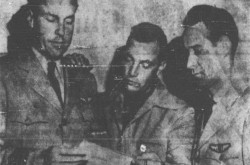
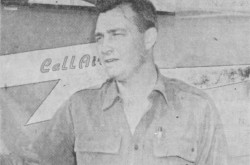
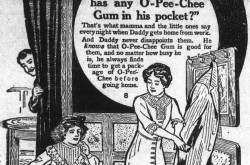
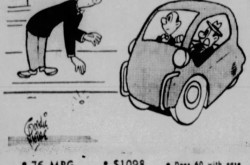
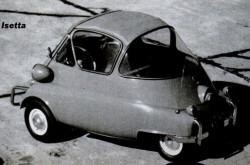
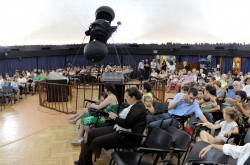
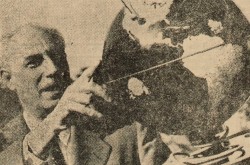
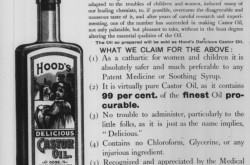
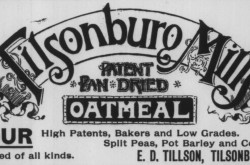
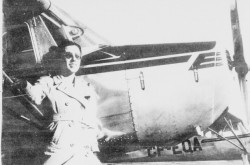
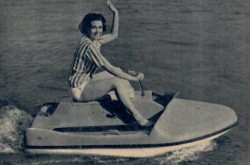

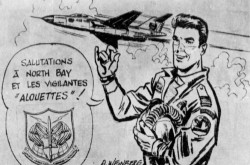
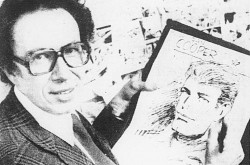
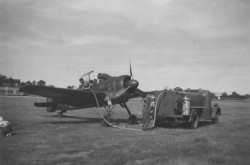
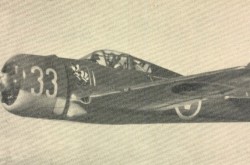
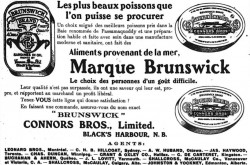
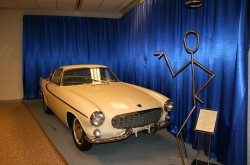
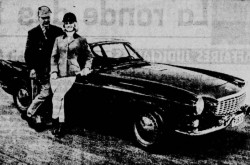
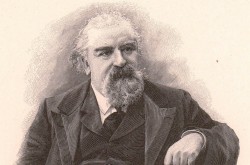
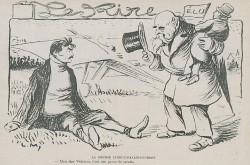
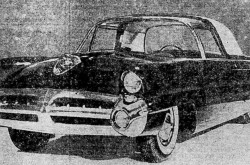
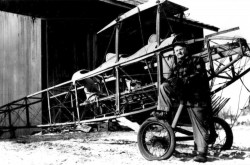

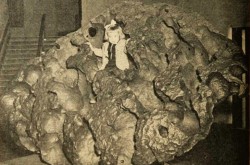
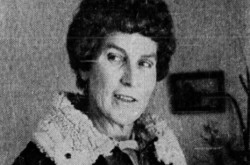
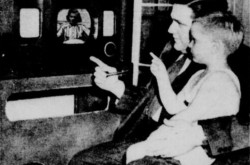
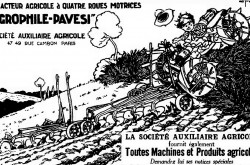
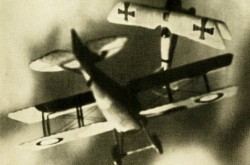
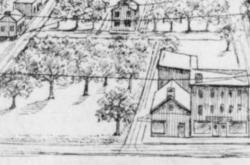
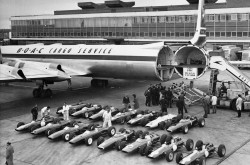
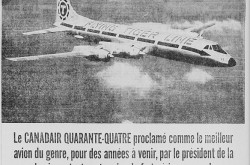
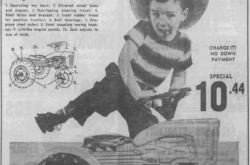
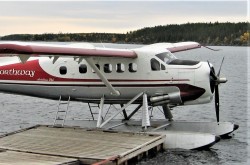
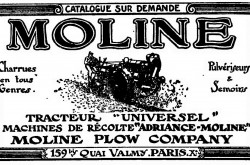
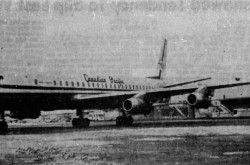
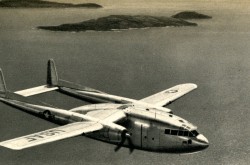
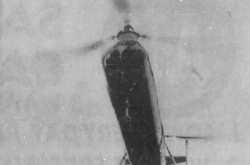
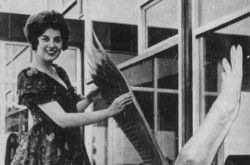
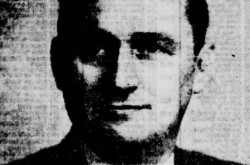
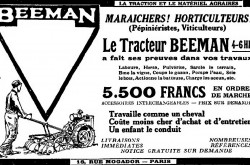
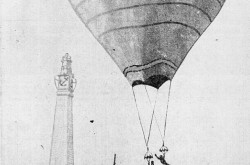
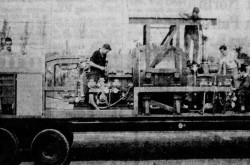
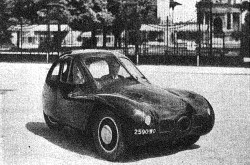
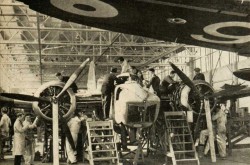
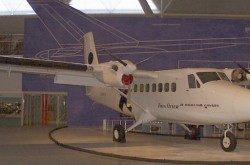
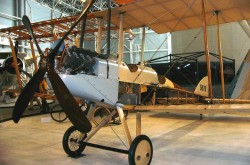
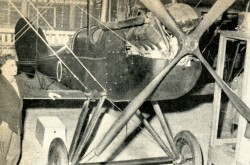
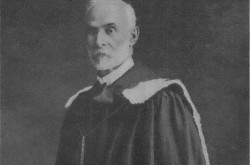
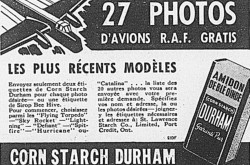
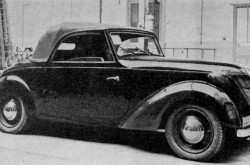
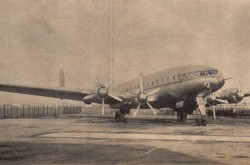
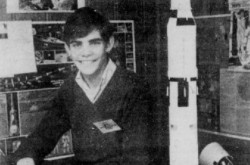

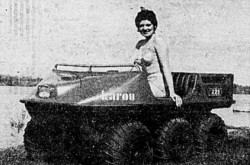

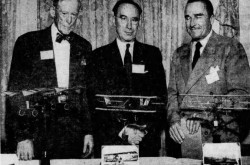

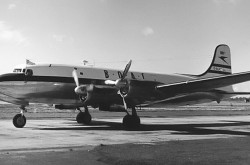
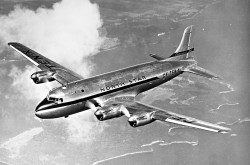
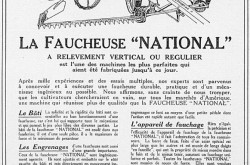
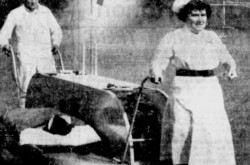
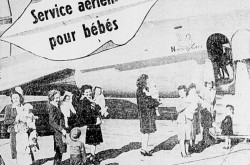
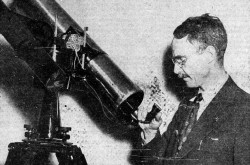
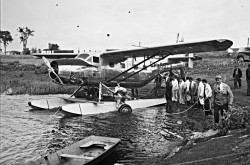
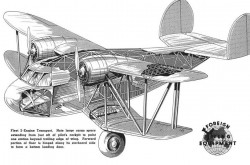
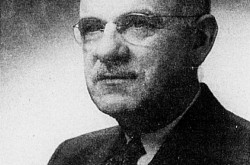
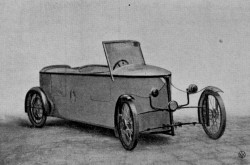
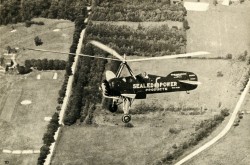
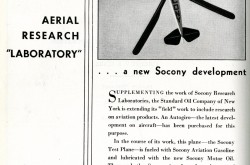
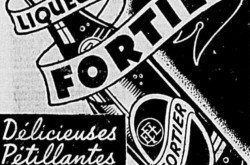
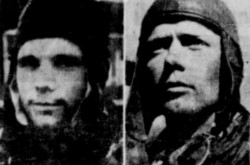
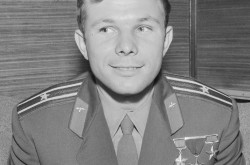
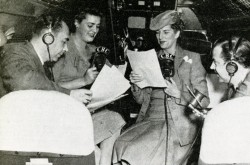
![Peter Müller at the controls [sic] of the Pedroplan, Berlin, Germany, March 1931. Anon., “Cologne contre Marseille – Le mystère du ‘Pédroplan.’ [sic]” Les Ailes, 2 April 1931, 14.](/sites/default/files/styles/thumbnail_7/public/2021-04/Les%20Ailes%202%20avril%201931%20version%20big.jpg?h=eafd0ed4&itok=WnBZ5gMf)
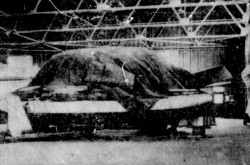
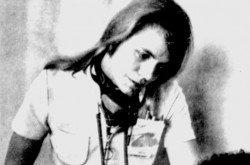
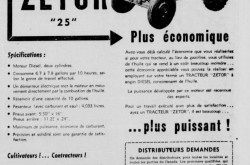
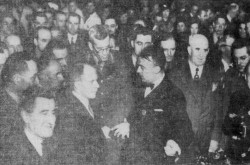
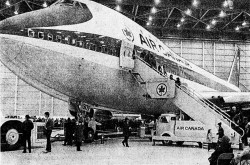
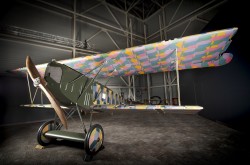
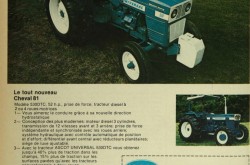
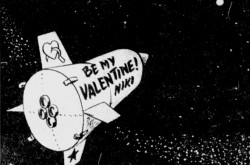
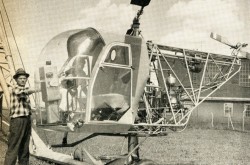
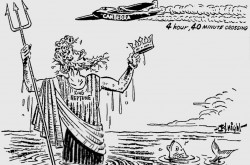
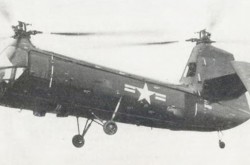
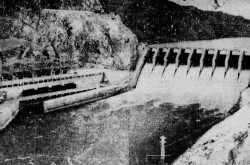
![One of the first de Havilland Canada Chipmunk imported to the United Kingdom. Anon., “De Havilland [Canada] DHC-1 ‘Chipmunk.’” Aviation Magazine, 1 January 1951, cover.](/sites/default/files/styles/thumbnail_7/public/2021-01/Aviation%20magazine%201er%20janvier%201951%20version%202.jpg?h=2f876e0f&itok=DM4JHe5C)
